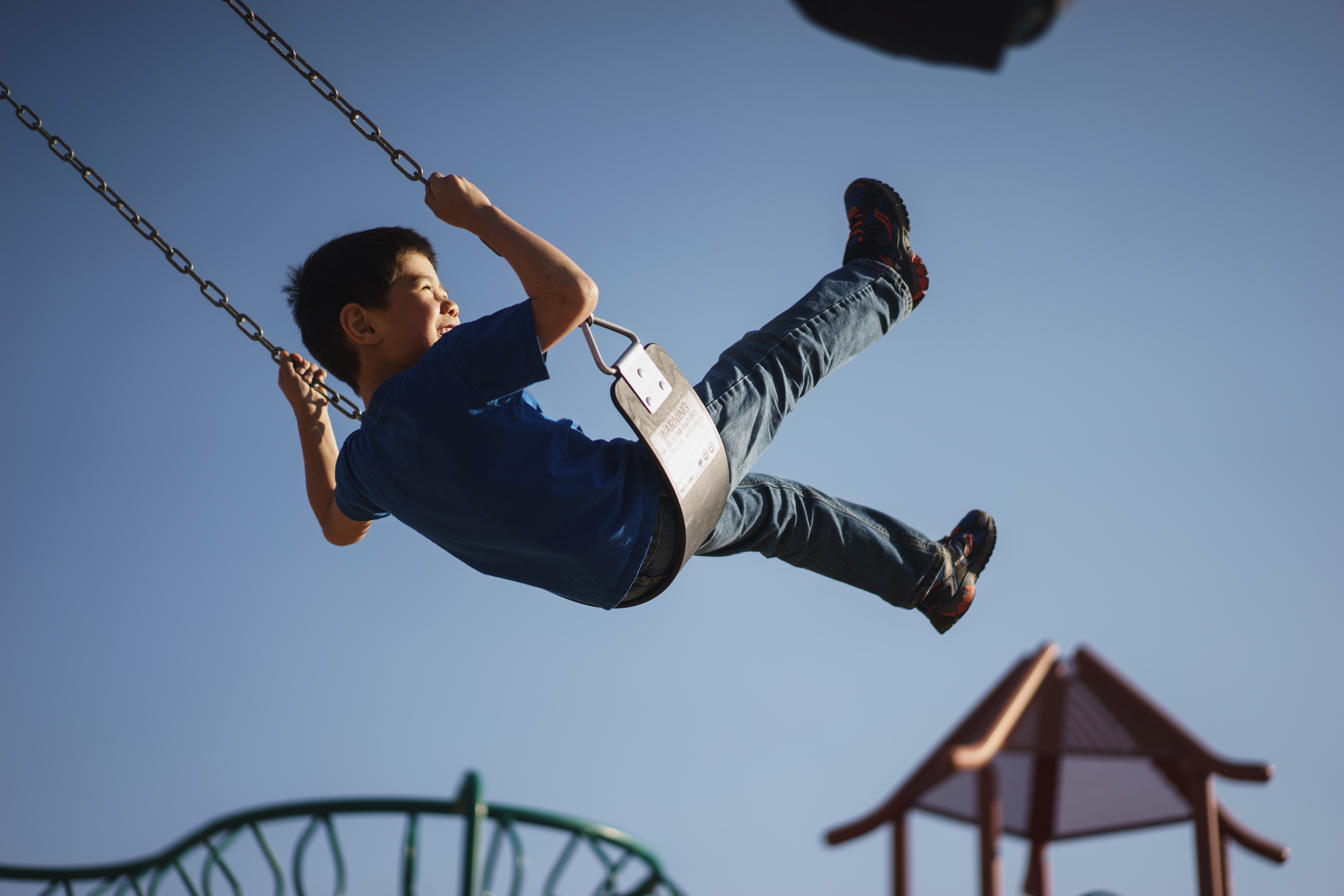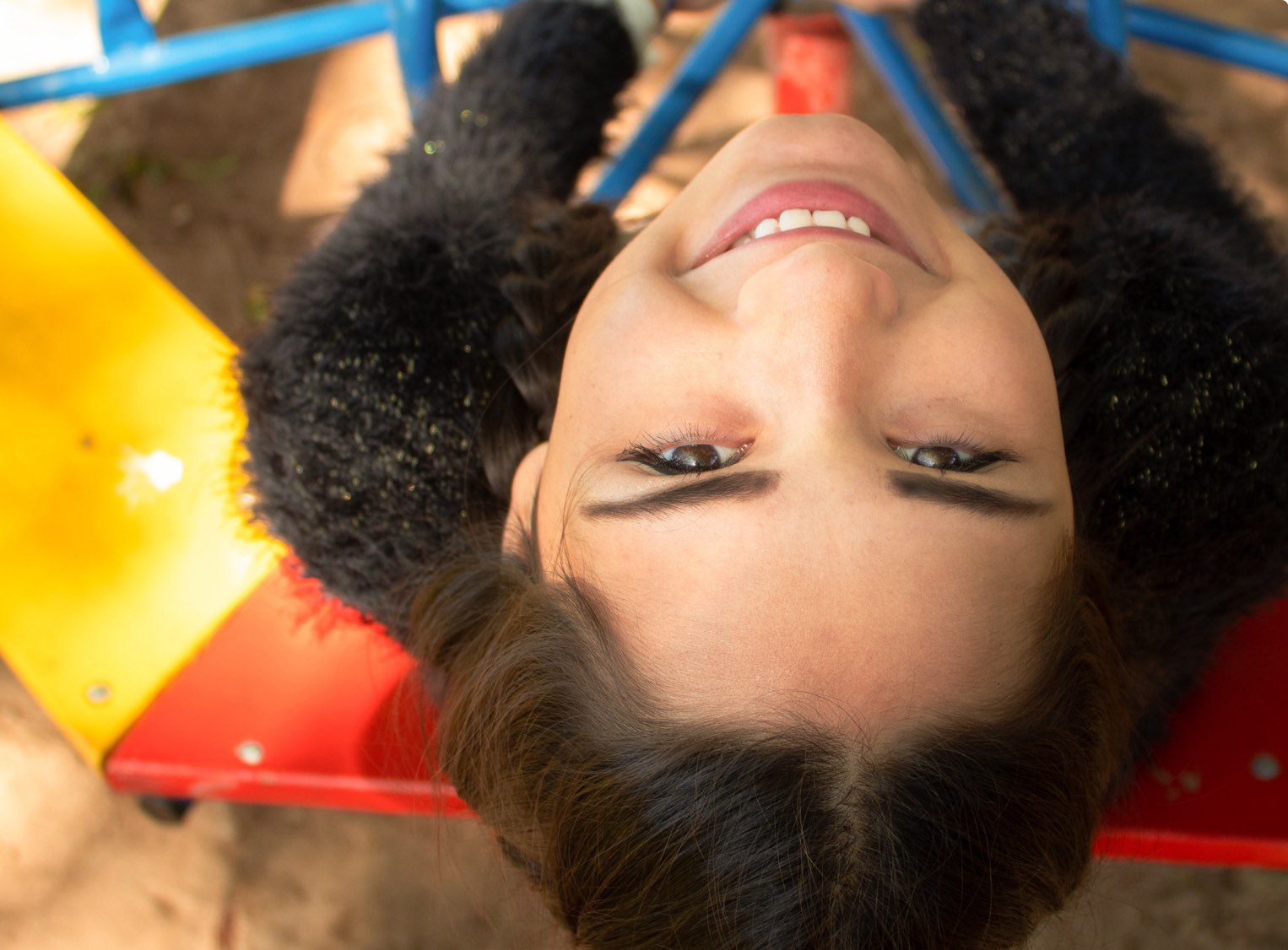This month I am continuing with the series looking at the three key sensory systems, in terms of sensory regulating strategies. In the last newsletter, I looked at the proprioceptive system and you can find that newsletter here if you would like a recap. This newsletter I am going to look at the vestibular system.
If you want to find out more about sensory processing then why not book on a course this year. There are courses at an introductory level to a more advanced level.
What is vestibular input and why is this sense so important in relation to sensory processing?
The vestibular system is located inside the inner ear, and it is the sensory system responsible for detecting movement of our head and the sense of gravity. It tells us which way up our head is and where our head is in space at any time.
The vestibular system is very important in helping us to maintain our balance. It also helps us keep an upright posture against gravity, so it is important in postural control.
The vestibular system is linked to our visual system. Imagine that you are driving down a very bumpy road, the vestibular system sends messages to our visual system to keep a stable visual gaze so that the horizon does not move up and down when we get bounced up and down in the car.
The vestibular system can also have a direct impact on our arousal level. If we want to get a baby to go to sleep, then we rock the baby. Linear movement, which is movement in only one direction eg back and forwards, or up and down, is calming and organising to our nervous system. Rotary movement, eg spinning , is very alerting to our nervous system.
What is the difference between vestibular input and proprioception ?
As we discussed in the last newsletter, proprioception is the sense that tells us where our body is moving. Our vestibular sense is a specialised ‘proprioceptor’, it tells us where our head is moving, but the vestibular system has different receptors and a different pathway to the brain to proprioception. Proprioception is detected by receptors in our muscles and joints and travels in proprioceptive pathways to our brain, whereas vestibular input is detected by specialised receptors in our ears and travels via our 8th cranial nerve to our brain.
Have you met Jane?

Jane is very frightened of heights. She does not like walking down stairs, or going on an escalator or lift. She is very cautious stepping down kerbs. In PE lessons she hates activities when her feet have to leave the ground such as walking along a bench or using any climbing equipment. She does not like playing at the park on swings, climbing frames or roundabouts. She hates tipping her head backwards in space. As a baby, she would scream when she was laid down to change her nappy.
Jane is over responsive to vestibular sensory input. She experiences the movement as being much greater than it is. Jane’s particular problem is also termed ‘gravitational insecurity’.
Have you met George?
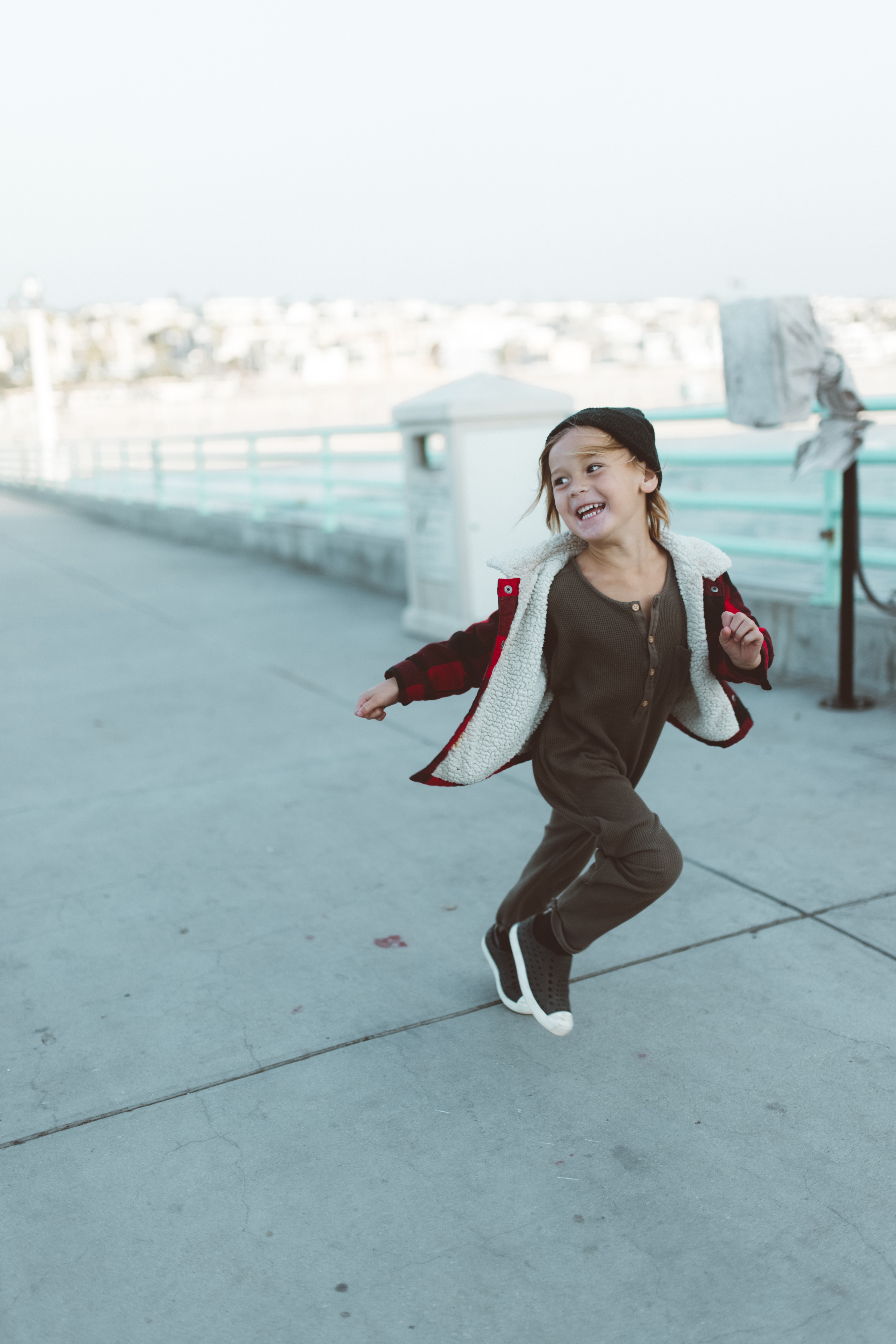
George loves movement. He never stays still. He constantly rocks on his chair at school. He is up and down from his chair spinning and twirling himself around the classroom. He spends all playtime charging round the playground. He has a trampoline at home and spends hours after school bouncing. He never seems to get tired physically. He loves going to the park and climbing on all the equipment, swinging on the swings and going on the roundabout. George is often described by people as a ‘real livewire’.
George responds to vestibular input in completely the opposite way to Jane. He needs much more vestibular input before he experiences it, so he therefore seeks out the input that he needs. He may be termed as a ‘sensory seeker/craver’.
Vestibular Activities
We get vestibular input when we move our head. If we move our head in one plane, eg up/down, side/side, back/forwards we get linear vestibular input that is regulating and organising to our brain. If we move our head, in a rotary manner then this type of vestibular input is very alerting and frequently disorganising. As we are not robots, it is very difficult to only move in one plane of movement, this may be the reason why when someone is performing an activity that gives linear vestibular input they may become too ‘high’ or excited. To combat this, combine linear vestibular input with proprioception. Remember proprioception is the brain’s biggest regulator.
It is best to build these activities into an individual’s daily routine so they occur naturally throughout the day, a sensory lifestyle, rather than a ‘prescriptive’ exercise session.
Here are a few ideas to get you started, you will see that many involve proprioception as well, as it is difficult to move your head without moving your body:
Indoor activities
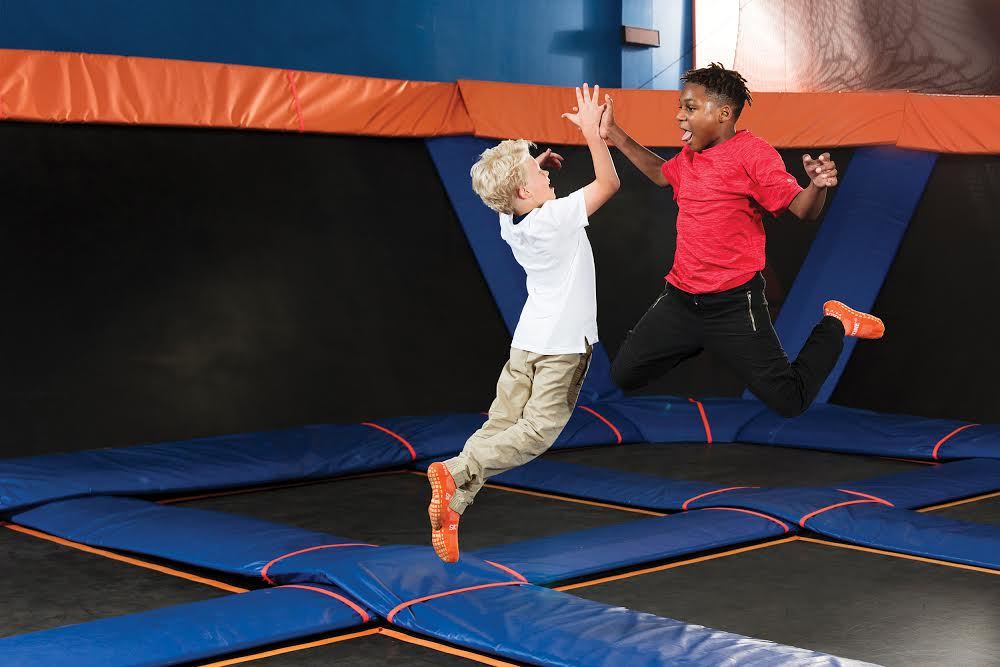
- Trampoline
- Exercise ball
- Scooter boards
- Swings
- Hammock
- Dance
- Action songs
- Rocking chair/zuma chair
Outdoor activities

- Playground equipment
- Bikes and scooters
- Horse riding
- Sports such as canoeing, gymnastics, swimming, martial arts
- Jogging/running
- Space hopper
- Roller skates/blades
- Daily Mile
Resources
The Autism Curve
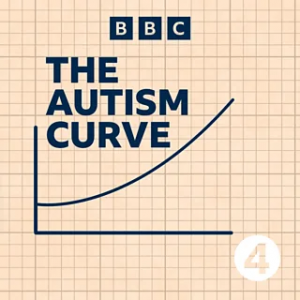
Diagnoses of autism have been rising exponentially. Arguments and conspiracy theories abound about why. So what’s behind that steep upwards curve? A BBC Radio 4 series with five 14 mins episodes. Find on BBC Sounds.

